
Some cool artwork at Creative Review - although their spelling of entomology is pretty terrible....

Notes from my experience breeding and studying a wide variety of different invertebrates.







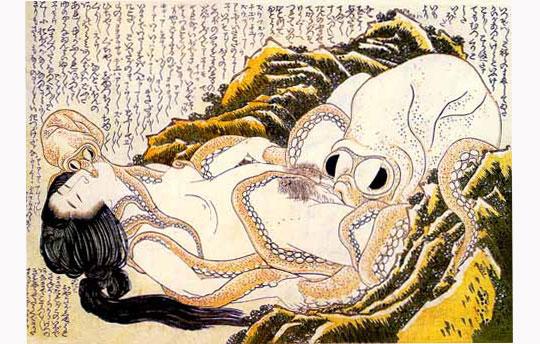
At tomorrow night's Science Uncovered event at the Natural History Museum David Nicholson and I will continue our quest to make people like cockroaches.
Come along and say hi, will be around fairly early on but I will be doing some more things with cockroaches at the end of the night with Vince Smith (who will be talking about parasitic lice).
You can also read a blog post I write for the event: Long live cockroaches, man's uninvited fellow travellers.
From the AES website (AES Annual Exhibition 2010):
"Celebrate the 75th anniversary of the the Amateur Entomologists' Society at our annual Annual Exhibition and Trade Fair.
This is the entomology show to attend. The show takes place at Kempton Park Racecourse near London and exhibitors and traders pack two floors of exhibition space.
The exhibition is open to members of the public and not just members of the AES. Should you wish to join the AES then you can do so on the day but you don't have to be a member to attend. Ticket prices are yet to be confirmed but are likely to be similar to the 2009 prices: £3 per adult and £1 per child. Tickets can be bought on the gate.
Traders include those selling books, equipment, livestock, specimens and food plants. In addition, the show is attended by most of the major invertebrate societies and organisations within the UK."
This is the best UK insect show for the general entomologist, and there will be lots of people selling live and dead specimens, equipment, books, etc. I plan to be there, and will probably be found at the Phasmid Study Group table.

This photo (and there are a few more on the Flickr stream) is of a Hawthorn bush that was infested with caterpillars of a moth from the family Yponeumetidae. Commonly called Ermine moths there are hundreds of species, and many of them form communal webs. When this photo was taken the caterpillars had already pupated.
The best guess at species is Yponomeuta padella.


Insects Rule the World from Ed Baker on Vimeo.
I have details of my past and present talks online: Talks by Ed Baker.
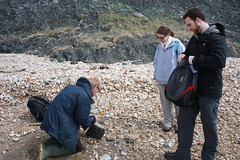 As an unofficial delegation to the Fossil Festival (our frieds were more directly involved) we managed to spend a day collecting fossils with Phil from the Charmouth Heritage Coast Centre (a friend of ours who used to work at the NHM).
As an unofficial delegation to the Fossil Festival (our frieds were more directly involved) we managed to spend a day collecting fossils with Phil from the Charmouth Heritage Coast Centre (a friend of ours who used to work at the NHM).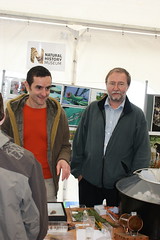 As well as various palaeontological activities Alessandro and Martin from the NHM's Entomology Department were there talking about insects alongside members of Butterfly Conservation.
As well as various palaeontological activities Alessandro and Martin from the NHM's Entomology Department were there talking about insects alongside members of Butterfly Conservation. Throughout the world many millions of natural history specimens are stored in flammable liquids. Just occasionally something incredibly tragic happens.
Throughout the world many millions of natural history specimens are stored in flammable liquids. Just occasionally something incredibly tragic happens.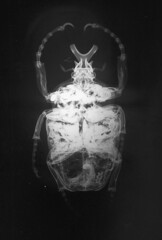 This is a bit of a 'dump all the links in one place' page for people who may be interested in the specimen of Goliathus goliathus that has most probably been shot.
This is a bit of a 'dump all the links in one place' page for people who may be interested in the specimen of Goliathus goliathus that has most probably been shot.
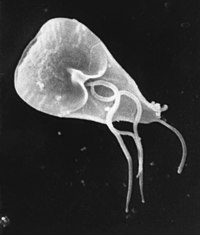








Copyright Ed Baker